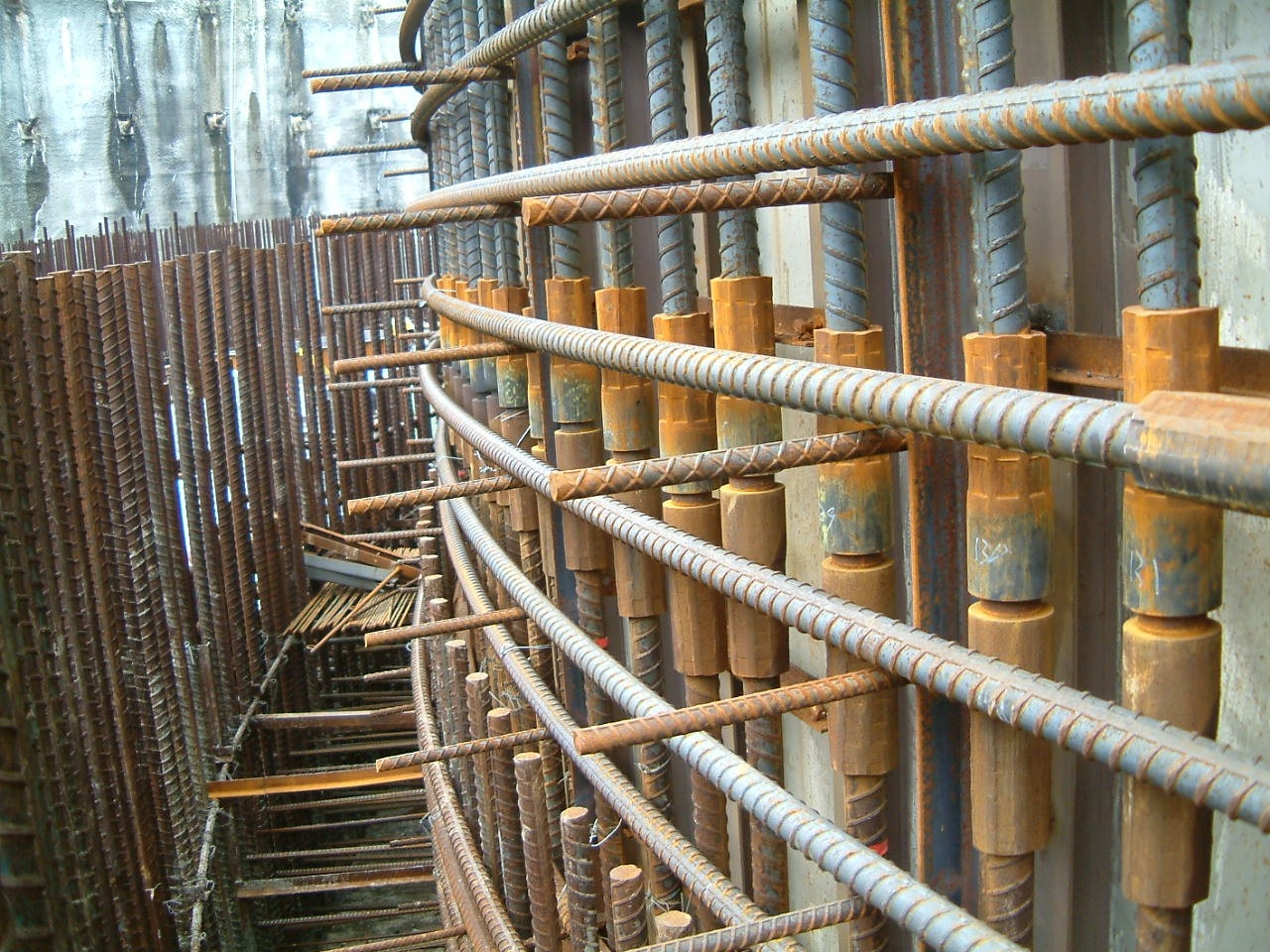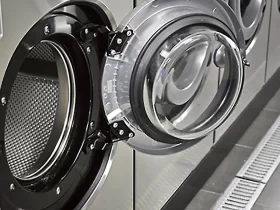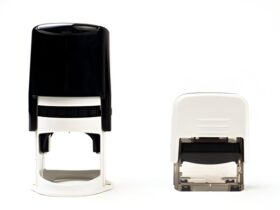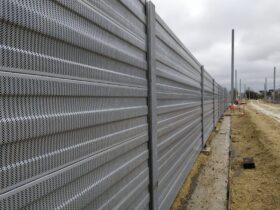Tension-compression rebar splicing technology significantly advances structural engineering, particularly for critical infrastructure projects. Full-performance splicing systems must withstand complex load patterns that conventional connections cannot handle. Modern high-performance splices distribute forces more evenly across reinforcement bars, preventing stress concentration points that lead to premature failures. Nuclear-grade facilities worldwide increasingly specify advanced systems like Griptec for their ability to maintain structural integrity under extreme conditions, including seismic events, thermal cycling, and radiation exposure. These specialised splicing technologies enable structures to preserve their design strength throughout their operational lifespan, a critical factor for safety-related concrete structures.
Engineering advantages
Full-performance rebar splicing technology delivers superior results through multiple engineering innovations. Modern systems achieve uniform load distribution across the entire connection, eliminating weak points common in traditional lap splices. Advanced splicing systems maintain structural continuity under tension and compression forces, ensuring that reinforced concrete behaves as designed even during extreme loading events. The mechanical properties of these connections exceed the strength of the parent rebar in many testing scenarios, creating a stronger overall structural system. Their compact design allows for tighter reinforcement patterns while still providing full mechanical performance, solving complex reinforcement challenges in congested areas.
Critical applications
Nuclear power facilities represent the most demanding application for rebar splicing technology. These structures must maintain integrity under multiple simultaneous load conditions:
- Operational stresses from equipment vibration and thermal cycling
- Environmental forces, including wind, flooding, and potential seismic activity
- Emergency scenario loads, such as pressure transients or impact events
- Long-term performance requirements spanning decades of continuous service
Beyond nuclear applications, high-performance splicing systems prove essential for bridges, dams, offshore platforms, high-rise buildings, and transportation infrastructure—any structure where safety margins cannot be compromised benefits from tension-compression performance capabilities.
Performance testing protocols
Superior rebar splicing systems undergo rigorous validation testing that exceeds standard construction requirements. A comprehensive performance assessment includes:
- Tensile strength testing to 160% of the specified yield strength
- Compression loading to failure point analysis
- Full-cycle fatigue testing with thousands of load repetitions
- Slip measurement under varied loading conditions
- Environmental exposure testing, including corrosion resistance
- High-temperature performance evaluation
These tests verify that connections maintain structural integrity throughout their service life, even when subjected to extreme loading events. The data generated allows engineers to model structural behaviour accurately and establish appropriate safety factors.
Installation precision
The effectiveness of any rebar splicing system depends partly on proper installation procedures. Modern high-performance systems feature installation methods that ensure consistent results across large construction projects. Specialised coupler designs eliminate the variability associated with field-welded connections while providing superior mechanical properties. Engineered installation tools create consistent, verifiable connections that can be inspected before concrete placement. This installation reliability directly translates to structural performance reliability – a critical factor for infrastructure projects where severe failure consequences would occur.
Global standards compliance
Superior rebar splicing technology meets or exceeds the most stringent global standards, including those from nuclear regulatory authorities. These systems comply with international building codes, including ACI 318, while satisfying specialised requirements for nuclear safety-related structures under ASME Section III Division 2 and similar international standards. This compliance enables consistent performance across international projects while simplifying the approval process for specialised applications. Engineers can confidently specify these systems, knowing they have been validated against the most demanding performance criteria established by regulatory authorities worldwide.











Leave a Reply